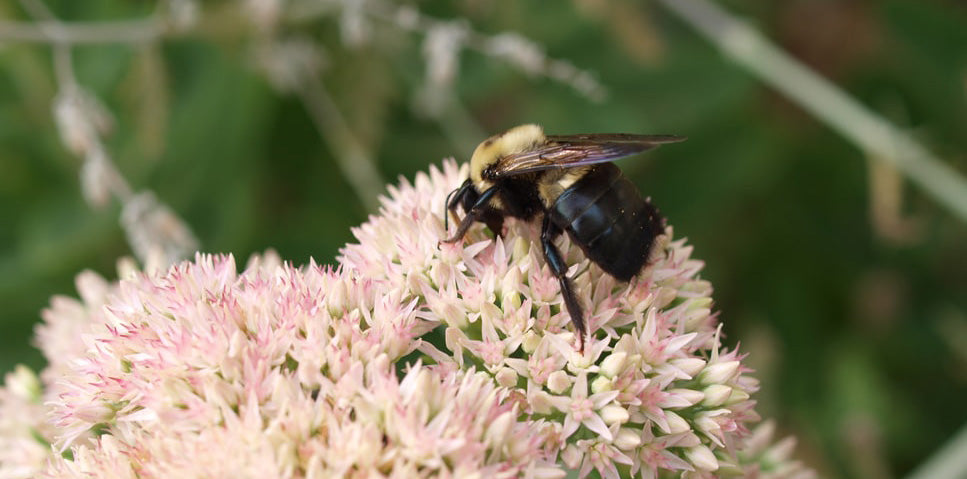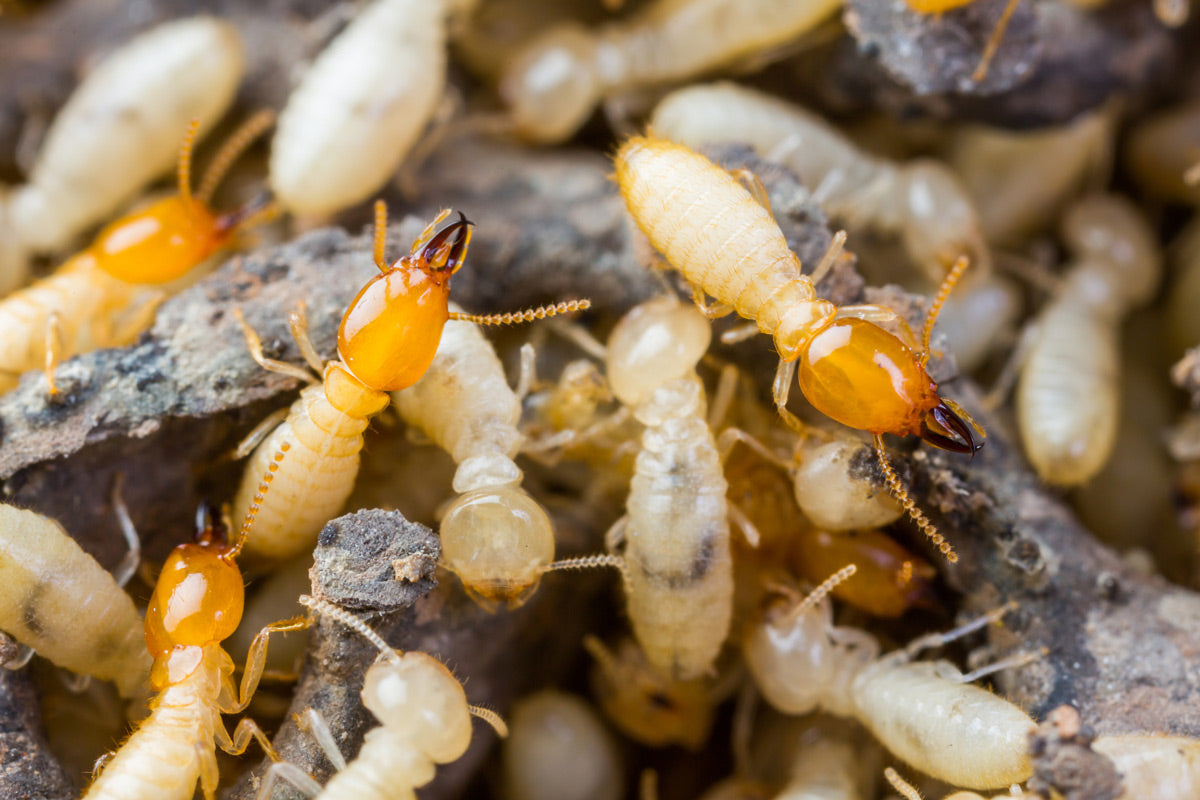
About Carpenter Bees
Carpenter bees are known for their ability to cause damage to wooden structures by drilling holes to create tunnels. The bees are relatively harmless to humans, but can be a concerning nuisance. I...

How to Identify & Treat Your Wood for Wood Eating Insects
Identifying and Treating Wood for Wood Eating Insects If you’ve ever wondered which bugs leave piles of sawdust behind or which bugs eat wood, there are ways to identify these destructive pests, ba...